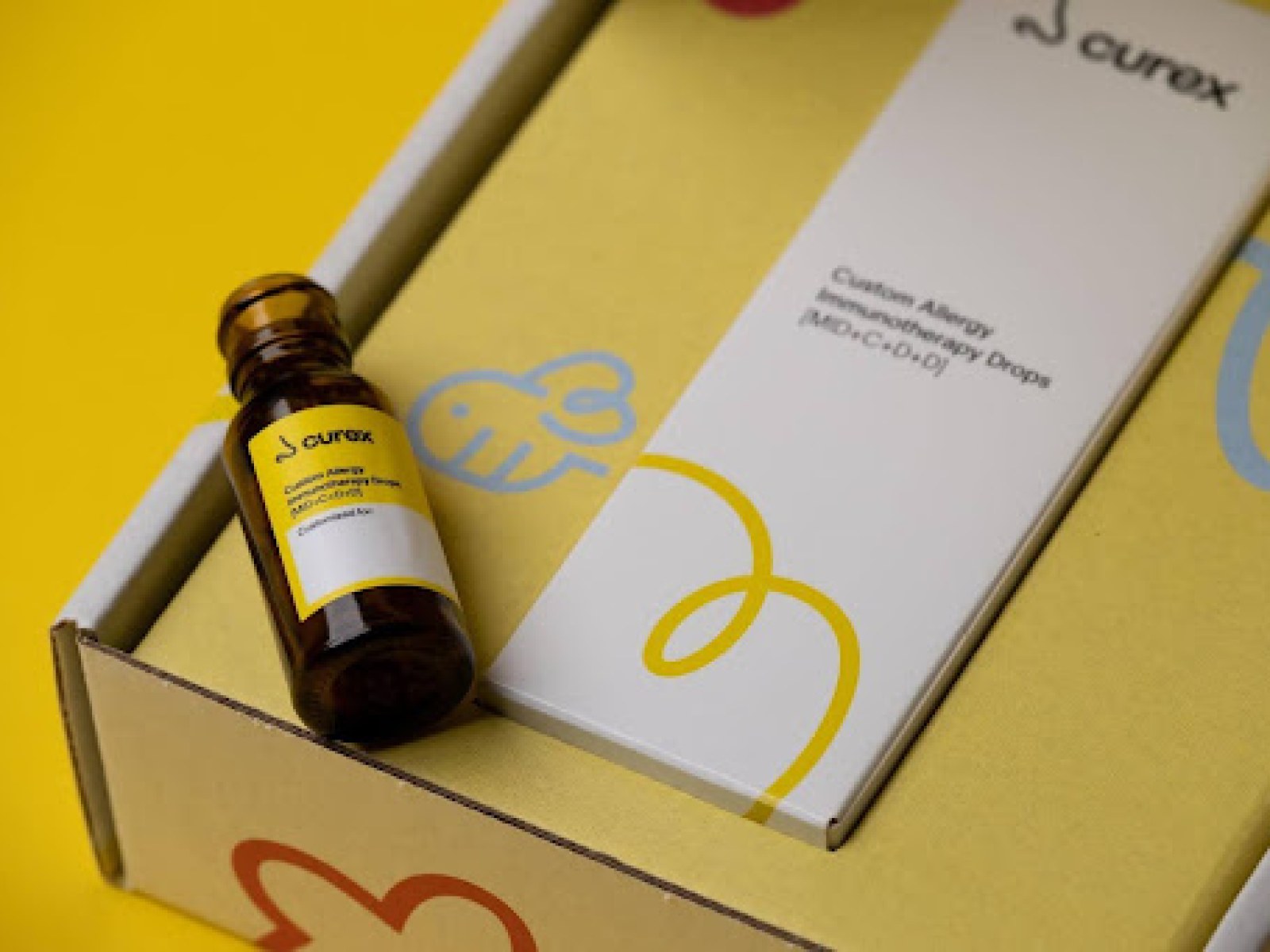Cultivating innovative techniques f… – Information Centre – Research & Innovation

© Floki #88779044, supply:stock.adobe.com 2020
Fertigation describes the injection of fertilisers and other water-soluble merchandise into crop-irrigation programs. Pros for farmers and other horticulturists include conserving water, funds and labour, more accurate fertiliser software, and decreased nutrient losses.
However, in European international locations, the cultivation of fertigated crops is nonetheless constrained by water shortage, when intense cultivation poses hazards to water high-quality. Even though modern systems are available to enhance fertigation, there is a deficiency of awareness regarding these sensible remedies and they are nonetheless not broadly implemented at farm stage.
The EU-funded FERTINNOWA venture established out to solution the situations by creating a expertise foundation on modern systems and tactics for fertigation. Through the venture, we needed to map the troubles faced and the responses available, and then to exchange information and remedies, claims venture coordinator Els Berckmoes of the Study Centre for Vegetable Generation (PSKW) in Belgium.
Critical venture benefits bundled a benchmark survey of farmers and publication of the Fertigation Bible, when the FERTINNOWA thematic community has enabled the transfer of various modern systems and most effective tactics.
Groundwork
The venture team interviewed over 370 farmers, in 9 EU Member States and South Africa, agent of a variety of horticultural sectors in different local climate zones. Moreover providing an overview of the troubles faced and the remedies being implemented, it also gauged farmers expertise about modern or substitute remedies and the obstacles stopping their implementation.
A person most important concentrate was on creating a database of modern systems and tactics for fertigation in horticultural crops.
From this, the FERTINNOWA team made factsheets for improving upon fertigation inside, for instance, fruit, vegetable and ornamental production programs. All the information collected by the venture was compiled into an bold report referred to as the Fertigation Bible.
The Fertigation Bible has turn out to be a compendium of 130 systems that are described from a complex, sensible, lawful and socio-economic issue of see, clarifies Berckmoes. Since the launch of this compendium in April 2018, it has been downloaded 1 900 instances. All through our function, we exchanged 28 systems from a person spouse or region to one more, 11 of which ended up discovered as extremely modern, she proceeds.
The systems promoted by the venture include remote sensing of crop variability for effective soil and water management, a design for the prediction of irrigation put together with the use of moisture-content detection probes, and a decision-assist system for automatic irrigation management.
All 28 systems ended up shown less than regular industry circumstances to present farmers their prospective. We noticed that even non-innovative or less-modern remedies could have a substantial reward in some regions and we succeeded in elevating the interest of area farmers in these systems, Berckmoes claims.
Movement of information
FERTINNOWA has also experienced useful social and economic impacts on farms and throughout regions, in accordance to Berckmoes. The agricultural sector is a person of the greatest consumers of water and a person of the largest polluters in terms of nitrate emissions. The venture tackled these worries by advertising and marketing systems that assist a more productive and affordable use of water and lessen environmental impacts, thus assisting to accomplish the most important targets of both the EU Drinking water Framework Directive and the Nitrates Directive.
A essential issue in the projects achievements was the shut collaboration involving different associates. Making use of an integrated multi-actor solution, the FERTINNOWA expertise-exchange platform concerned scientists, growers, policymakers, market, and environmental and purchaser groups.
Moreover, the team made an effective design for transferring systems to farmers, which can be replicated globally. For instance, the Fertigation Bible is being translated into Mandarin to provide the Chinese agricultural sector.
For many associates concerned in the venture, the FERTINNOWA initiative was a bridge to new chances and often the initial actions in more European projects, concludes Berckmoes. The venture outcomes are now broadly made use of to help farmers and area and national authorities to address their fertigation troubles, although authorities working with fertilisation policy, water shortage, droughts and local climate adaptation are also benefitting from the outcomes.


